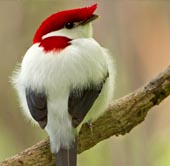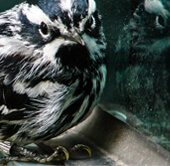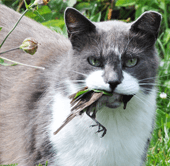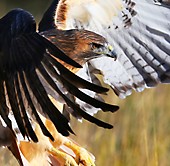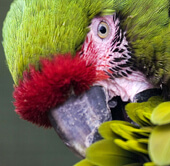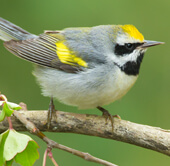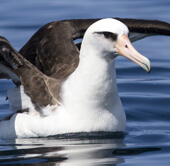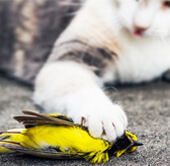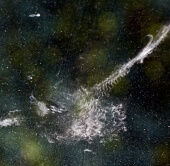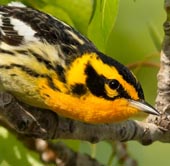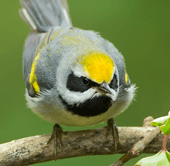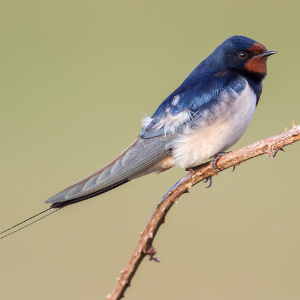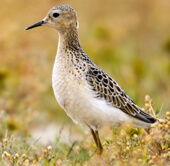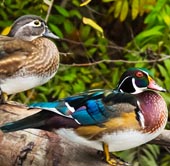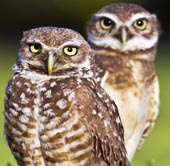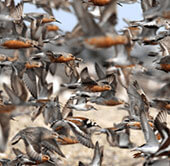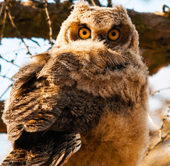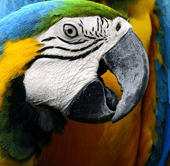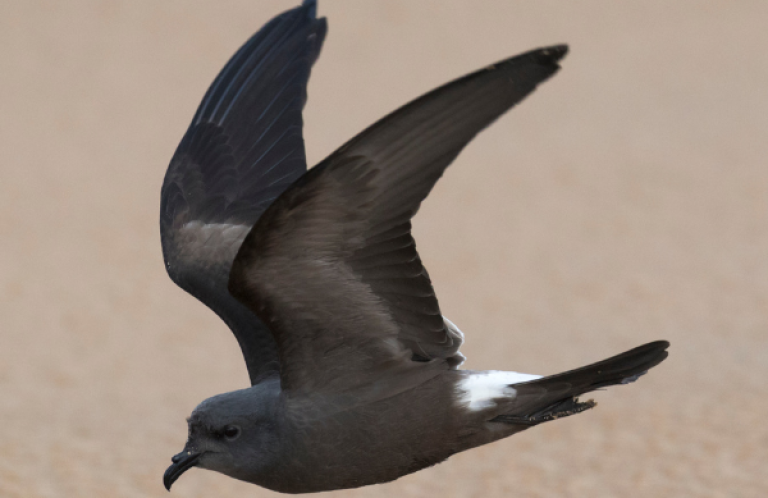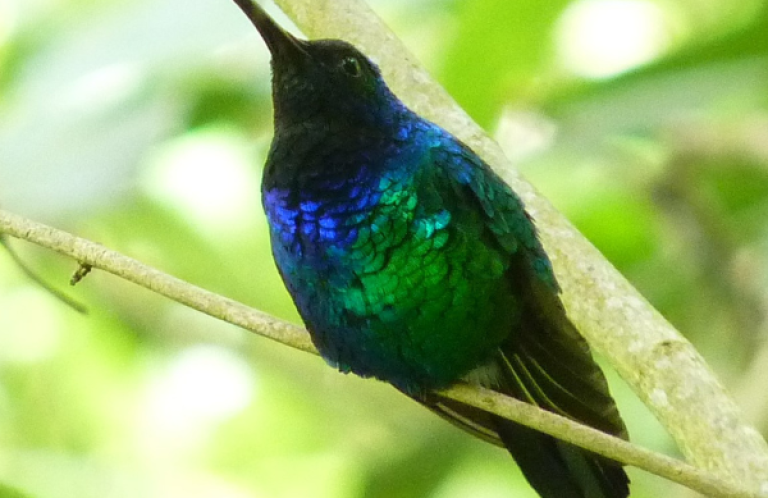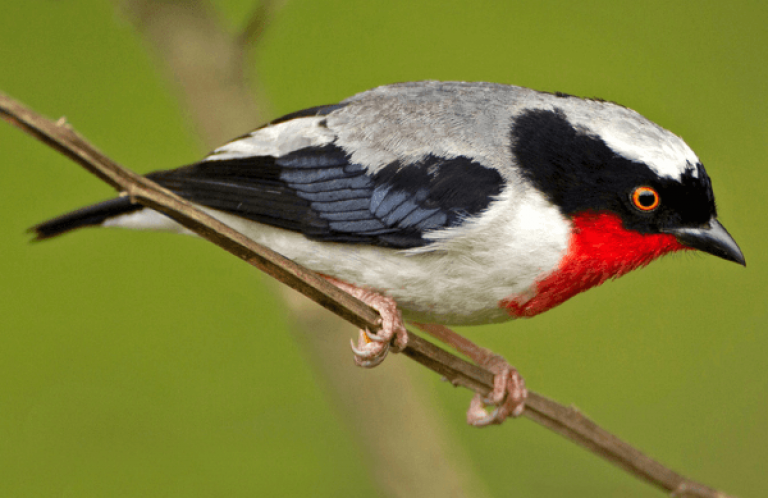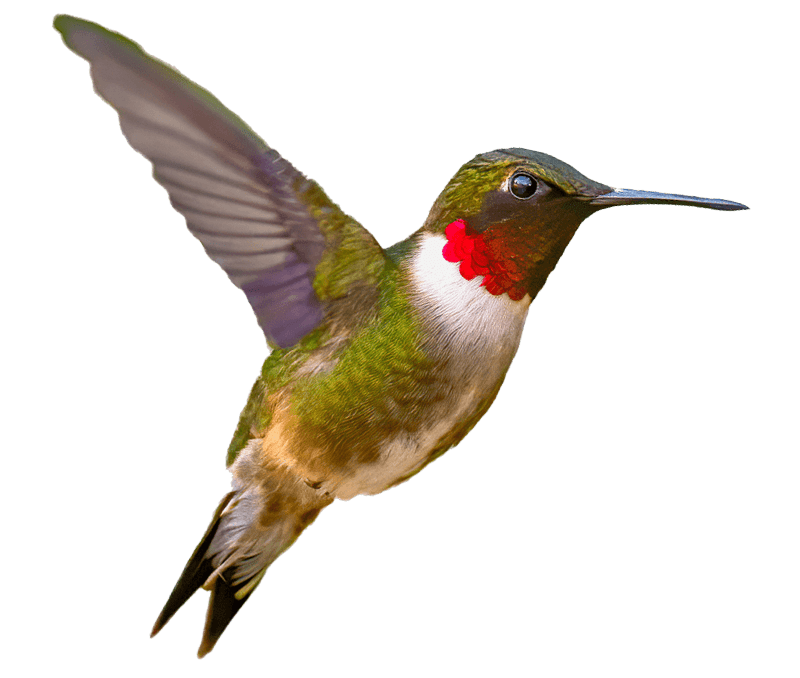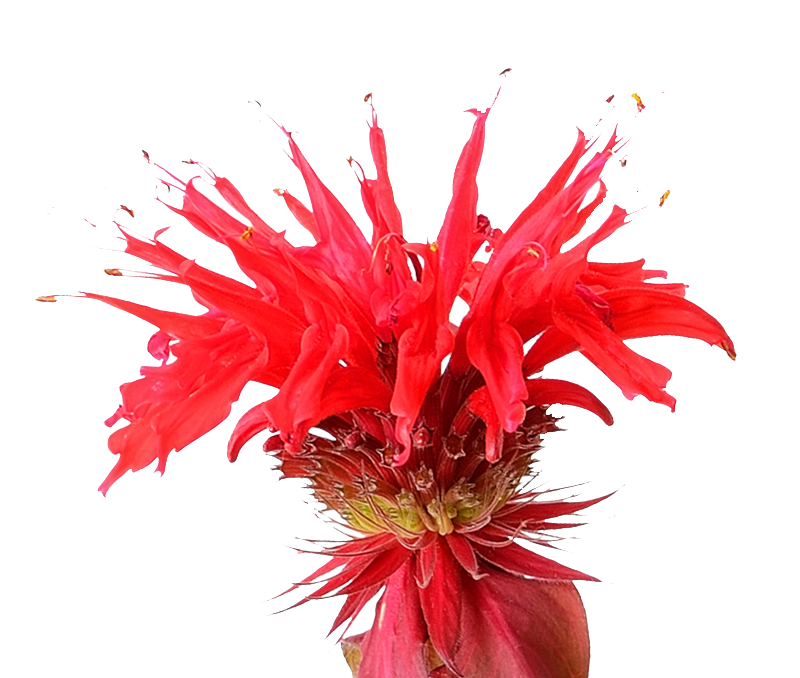Five-Year Invasive Plant Eradication Effort To Start on Midway's Eastern Island
Contact: Robert Johns, 202-234-7181 ext.210,
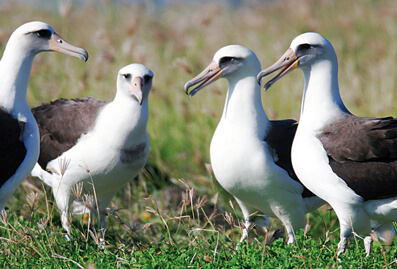 |
| Laysan Albatrosses by Bill Hubrick |
(June 29, 2011) Eastern Island in the Pacific is the site of a five-year, $1.8 million U.S. Fish and Wildlife Service effort to eradicate an invasive plant — Verbesina encelioides, or golden crownbeard – whose introduction and growth has increasingly limited breeding populations of seabirds there.
The 334-acre Eastern Island is part of Midway Atoll National Wildlife Refuge, located about 1,250 miles northwest of Honolulu. The refuge is home to the world's largest breeding populations of the Laysan Albatross, Black Noddy, White Tern, and Red-tailed Tropicbird. Two endangered species — the Laysan Duck and the Short-tailed Albatross —also make their home there. Laysan Ducks were successfully translocated from Laysan Island to create a new population on Midway, and a pair of the endangered Short-tailed Albatrosses just nested successfully at Midway for the first time this year.
“While Verbesina removal can be difficult and requires multiple steps in order to succeed, there is no question that the benefits to seabirds will be substantial and worth the effort,” said Dr. George Wallace, Vice President for Oceans and Island for American Bird Conservancy, the leading bird conservation organization in the United States.
Wallace said eradication steps include seed head removal, mechanical removal of plants, complete taproot removal, proper disposal of pulled plants to limit or preclude regeneration, and lastly, intensive follow-up to remove new plants that come up from unrecovered roots or from fallen seeds.
Verbesina affects birds in the following ways:
- Birds do not build nests in existing stands of Verbesina, decreasing available nesting habitat.
- New stands of Verbesina grow rapidly around existing nest sites, preventing parent birds from feeding their chicks. The chicks become trapped and are unable to reach the ocean at fledging. These chicks can suffer from dehydration and even die of starvation.
- Verbesina shelters aphids, scale insects, and the ants that tend them. These ants may prey on the eggs and chicks of ground-nesting birds. The scale insects and ants are also suspected of transmitting a harmful virus from Verbesina to native vegetation.
Once biologists remove the tall, dense stands of Verbesina – with its rough, woody stalks – they replant the area with native plants more hospitable to nesting birds. Native plants hold island soil in place, protecting dunes and preserving and enhancing the island's biological diversity.
John Klavitter, acting Refuge Manager at Midway Atoll National Wildlife Refuge, says the first stage of Verbesina eradication — begun last year on the smallest of Midway's three islands — is already paying off. “This year we had the second highest number of breeding birds ever recorded at Midway Atoll: 482,000 pairs of Laysan Albatross.”
“The fact that this effort is taking place on an island significantly increases its chances of success, because, once the island is rid of the plant, there is little threat of re-infestation from adjacent lands,” Wallace said. Other successful exotic species eradication efforts on islands that aided seabird populations include rodents on Rat Island and non-native foxes on Sanak Island, both in the Aleutian chain.
ABC has long been a strong advocate for conservation activities on Midway Atoll, including Verbesina eradication and the clean-up of lead paint that has been peeling from aging buildings, poisoning albatross chicks. ABC helped in bringing together the U.S. Fish and Wildlife Service and the National Fish and Wildlife Foundation, which will match the Service's contribution to the Verbesina eradication project.
Among the 225 non-native plants on Midway, Verbesina is the most invasive. Its seeds were probably brought to Midway in more than 9,000 tons of soil that was imported to grow shade trees, ornamental plants, and food for people who lived on the former military base. Though no one is sure how Verbesina made its way to Midway, it may also have been introduced as an ornamental plant or via seeds on equipment.
Verbesina is native from North America to the tropics, where it grows in stands from one to five feet tall ate elevations from sea level to 9,000 feet. As an invasive weed on Midway, it grows more aggressively in stands up to eight feet tall in soils, sand, and between cracks in asphalt. It shades out native vegetation and competes for nutrients and water, though it is drought tolerant, requiring only monthly watering once established. It also produces chemicals toxic to native plants. Flowers produce up to 350 seeds by both cross- and self-pollination. Stands self-seed annually and are dispersed by wind. The seeds exhibit their highest rate of germination in open, disturbed areas with sandy soils.

